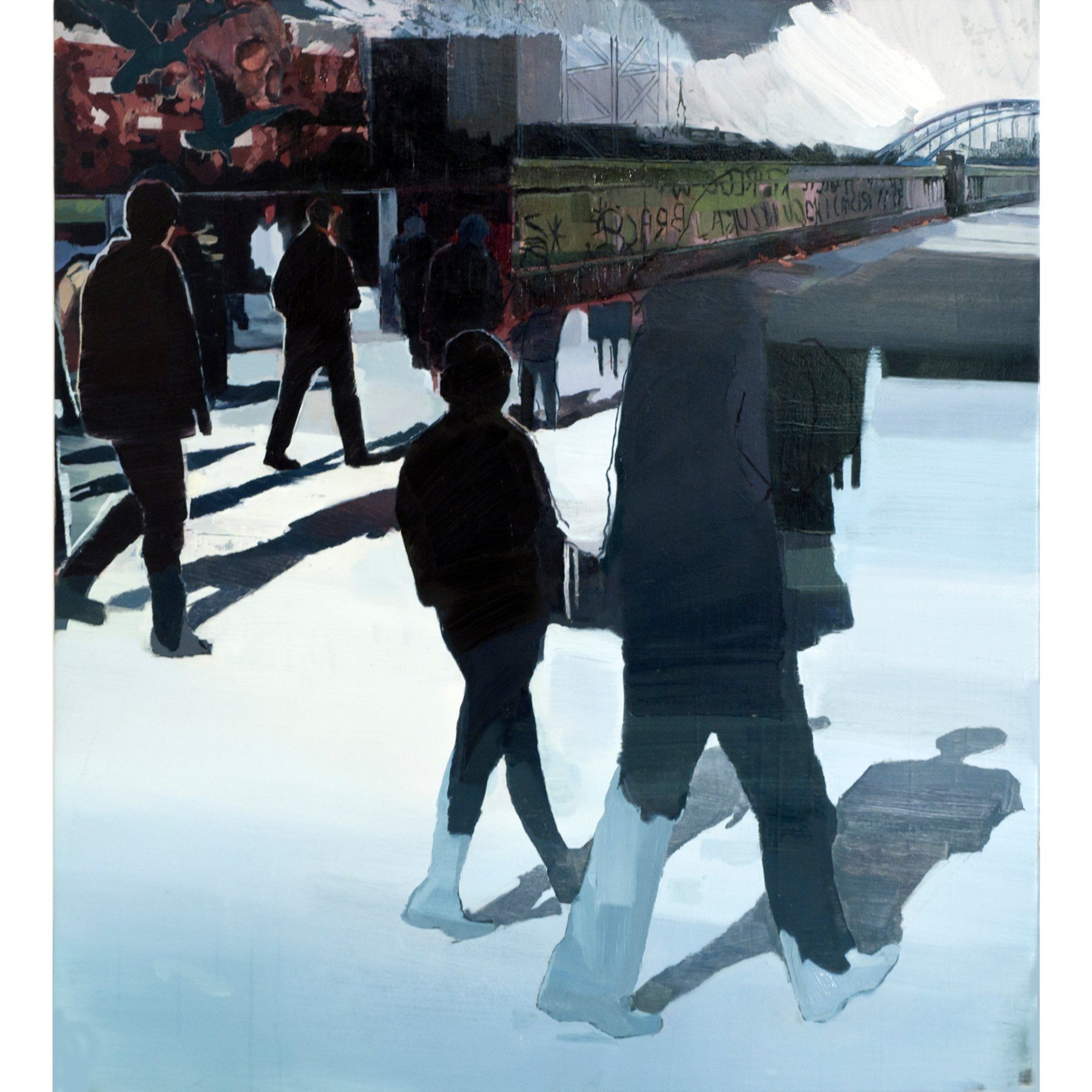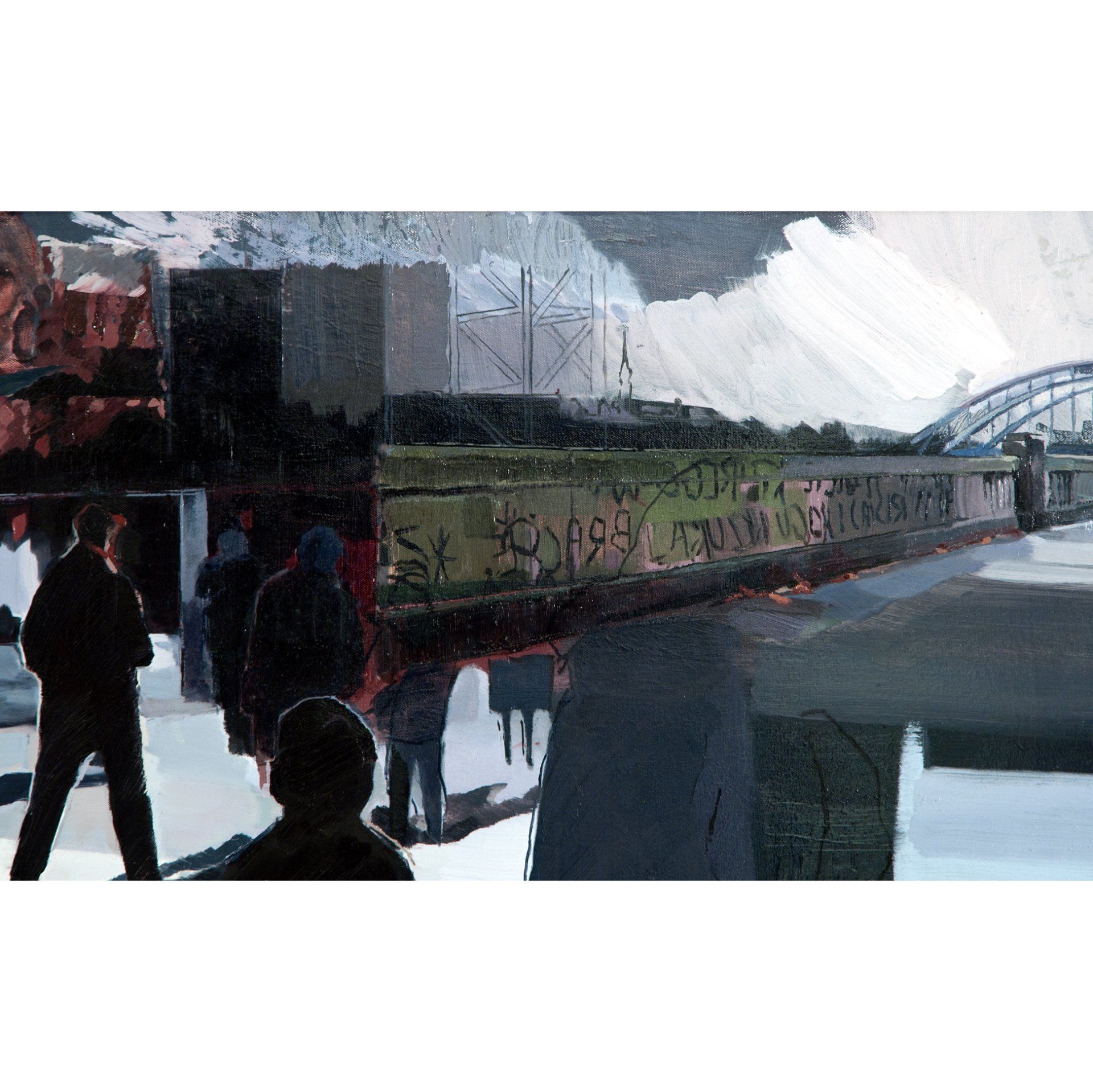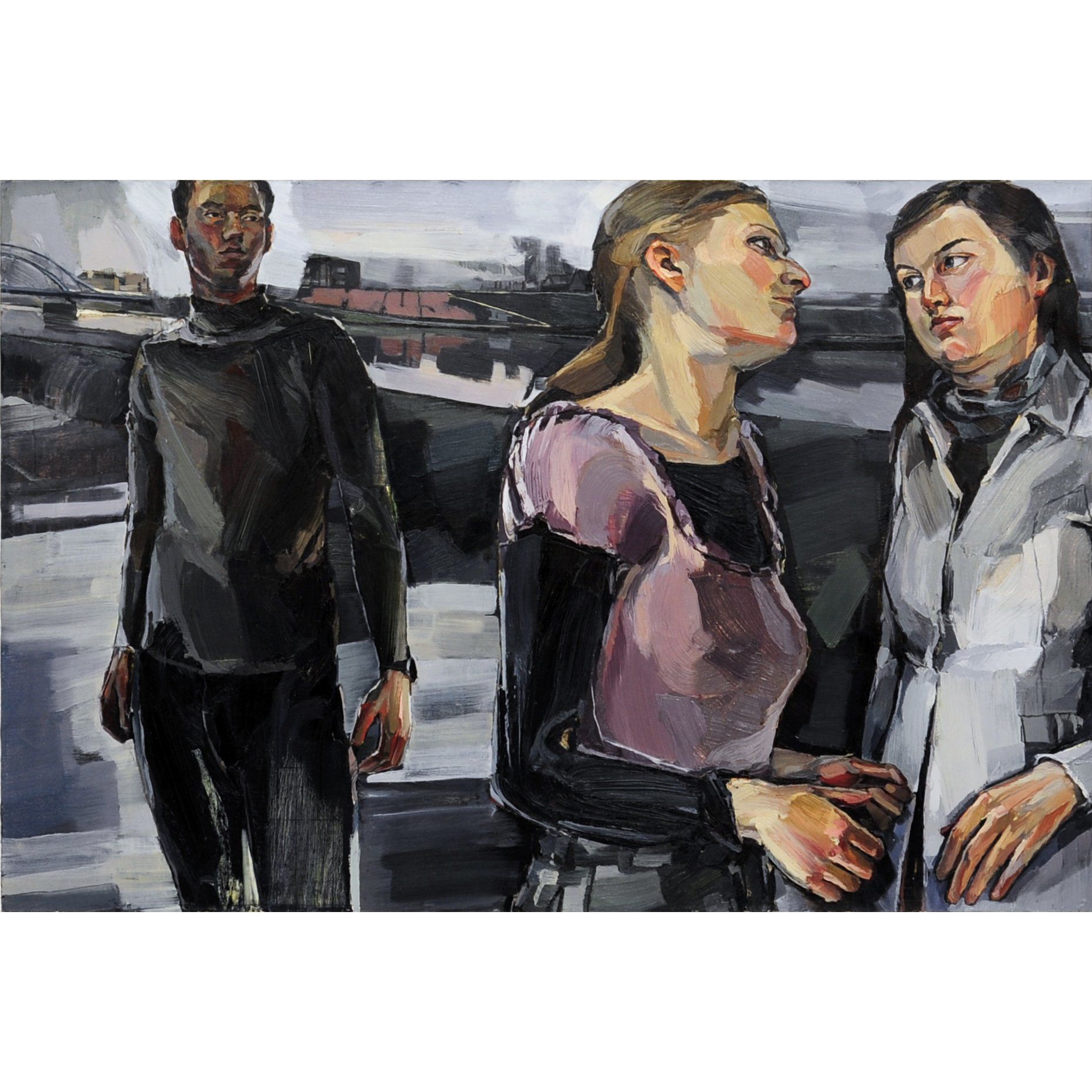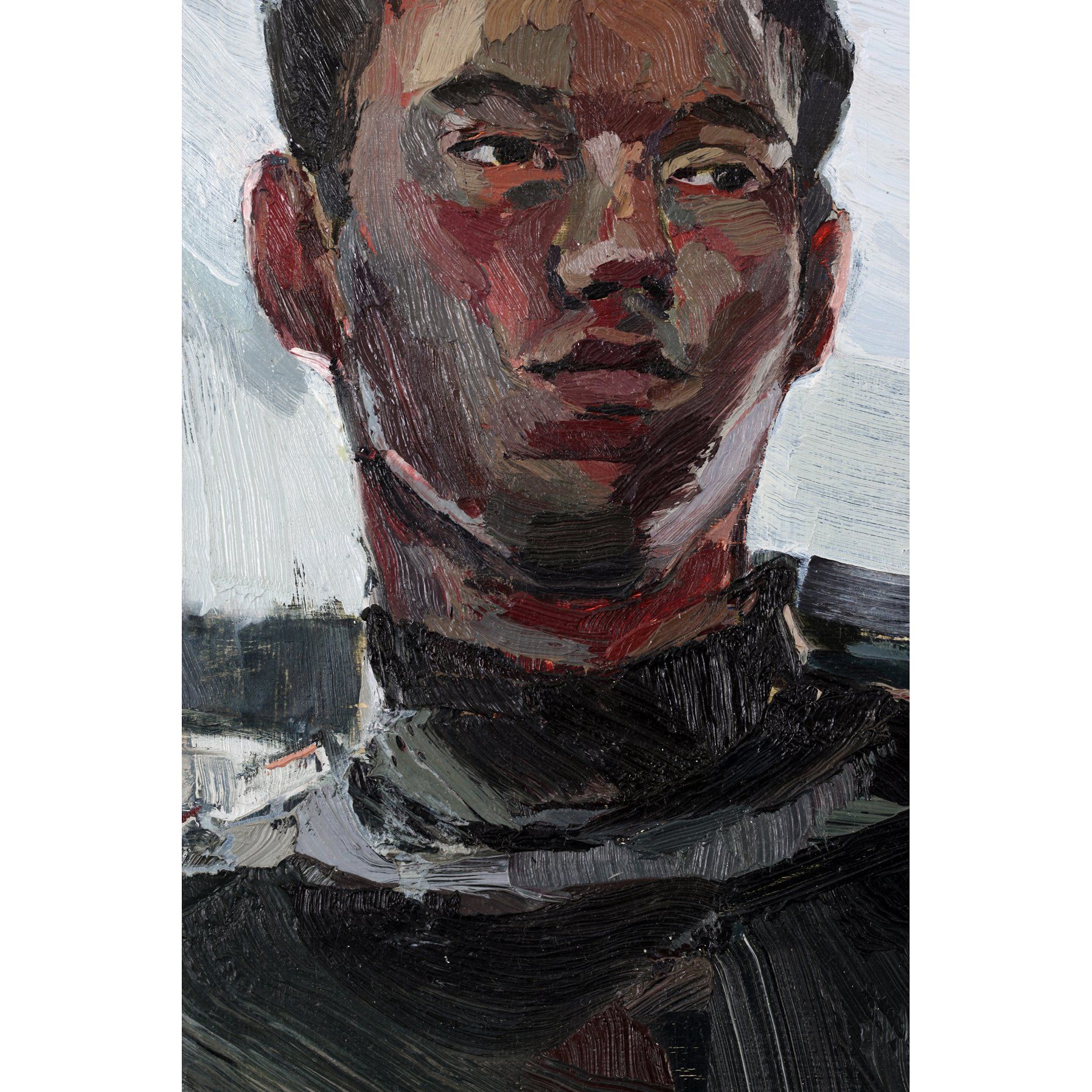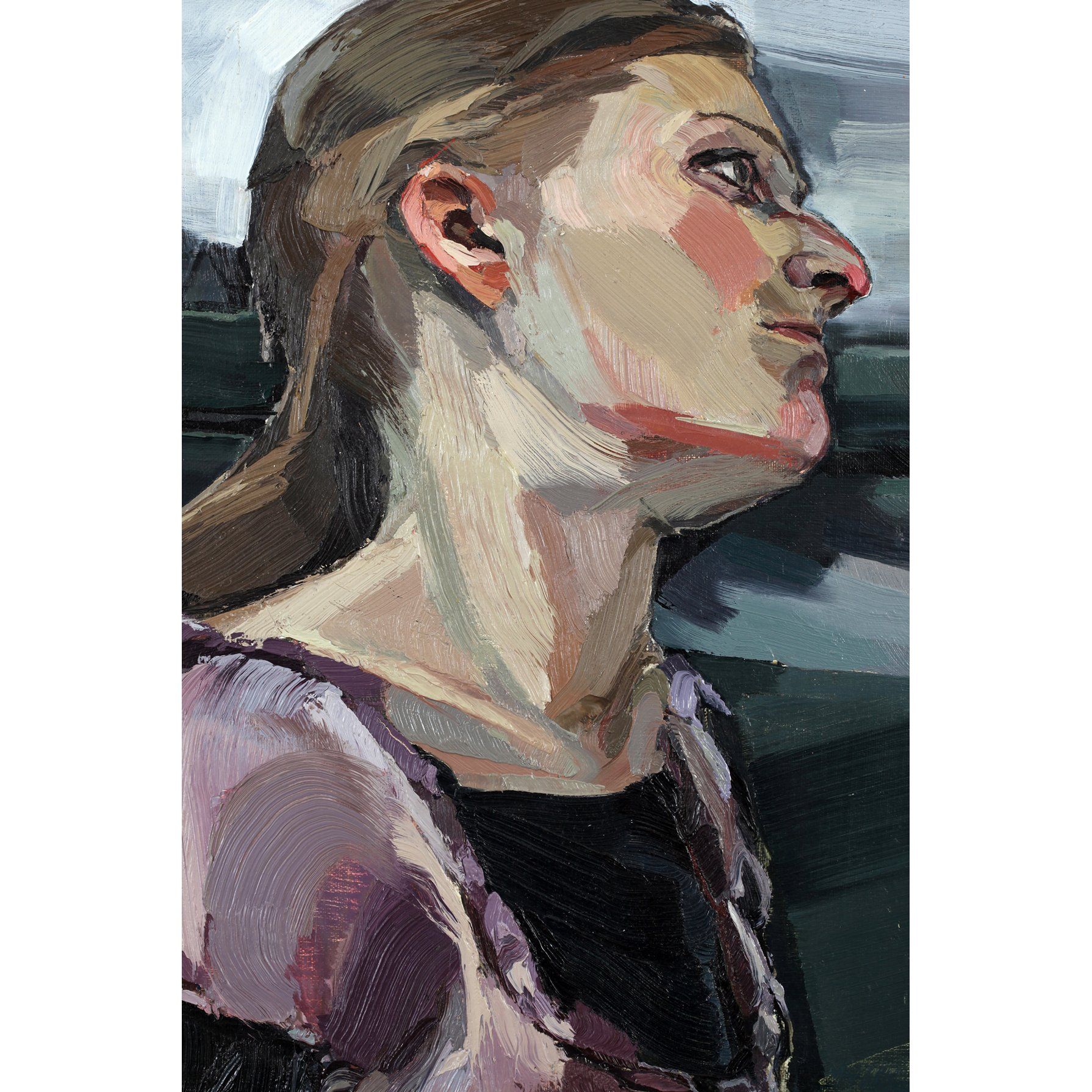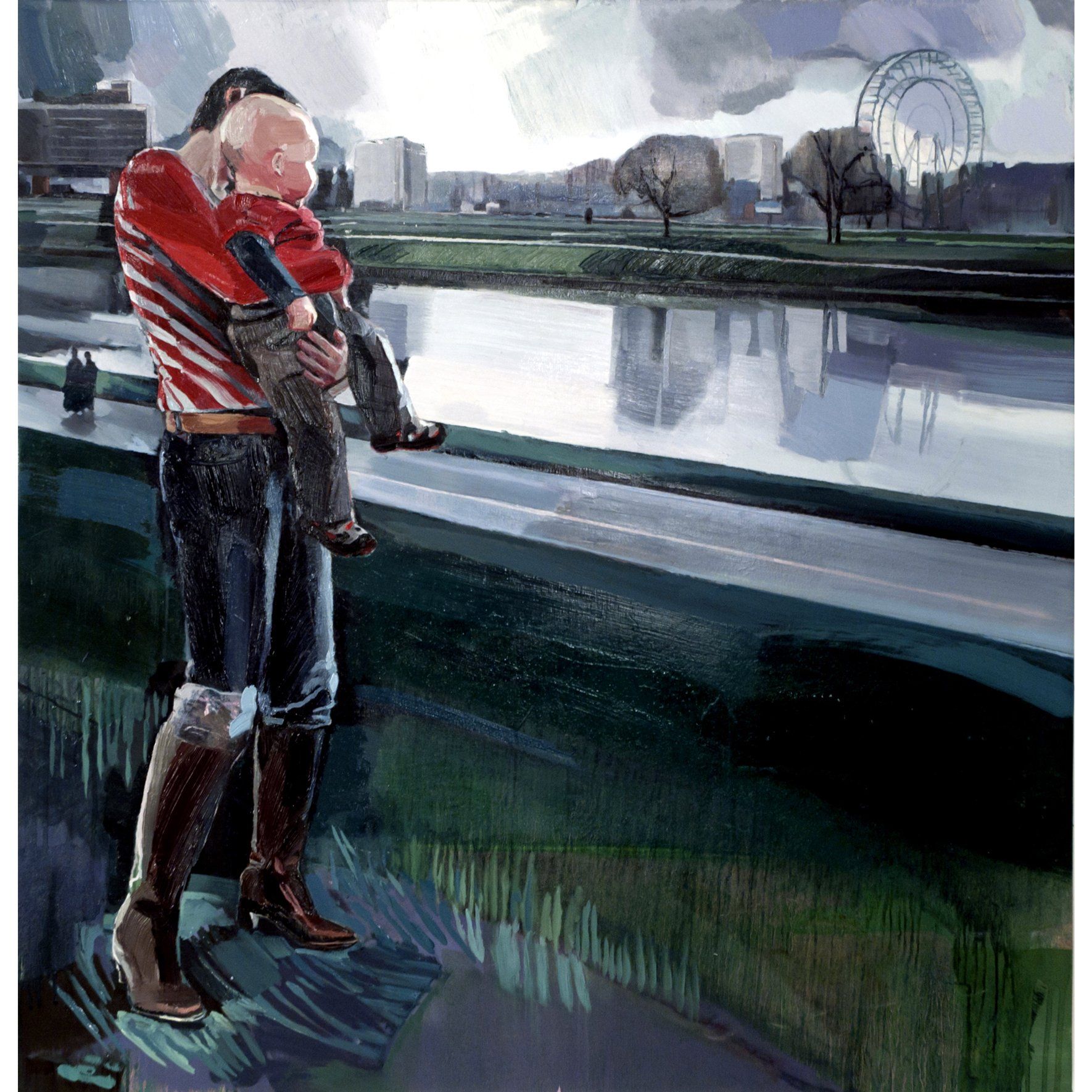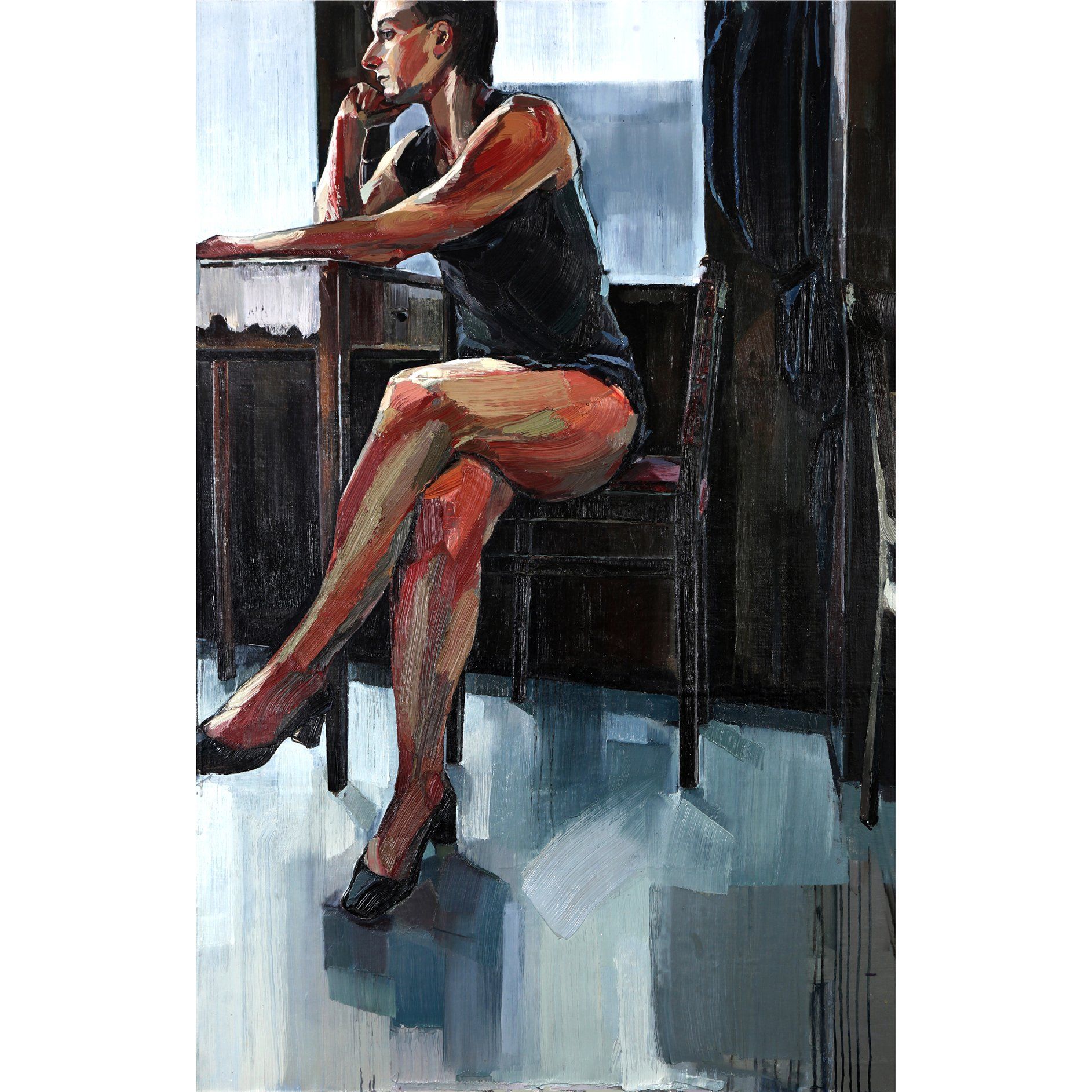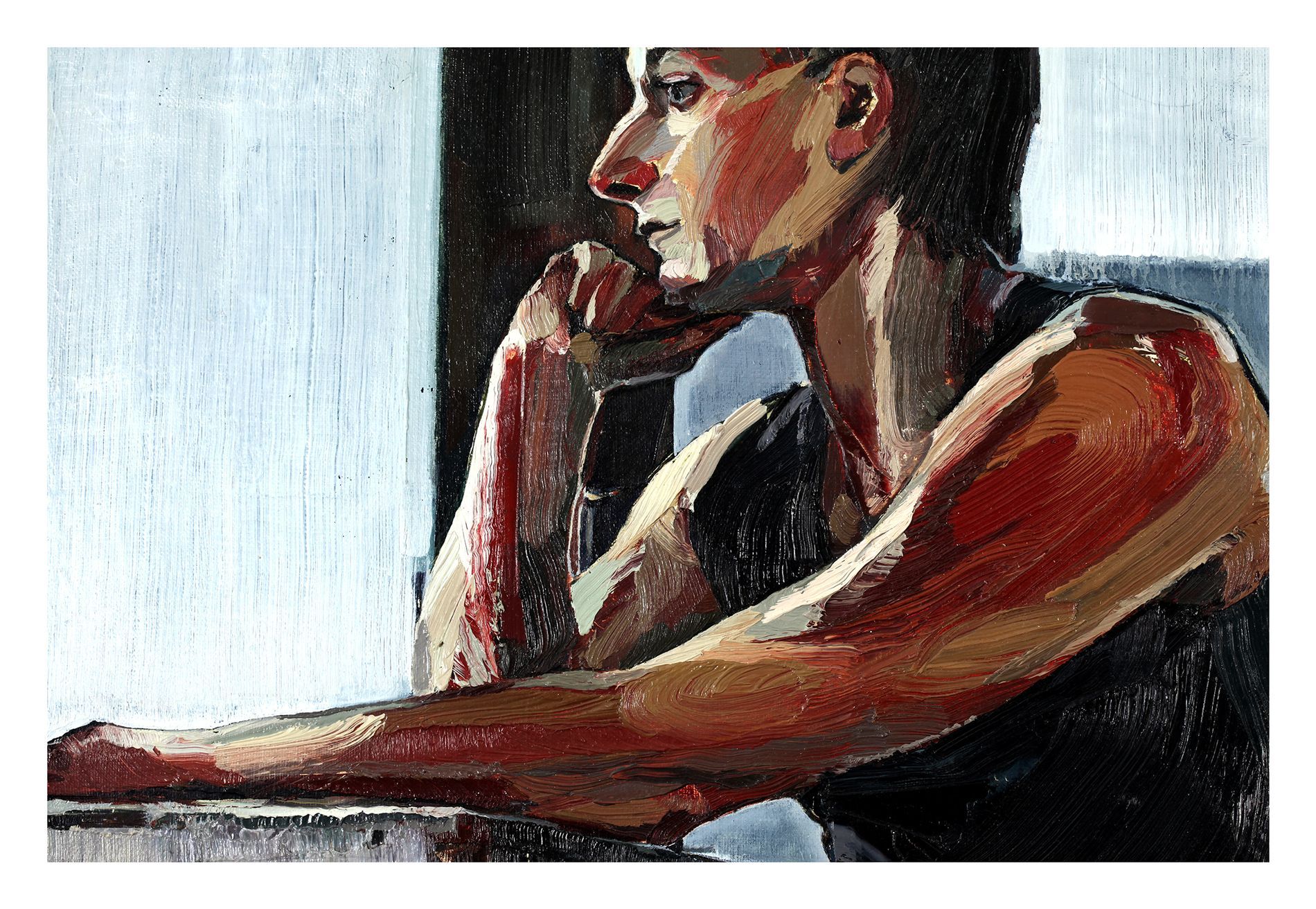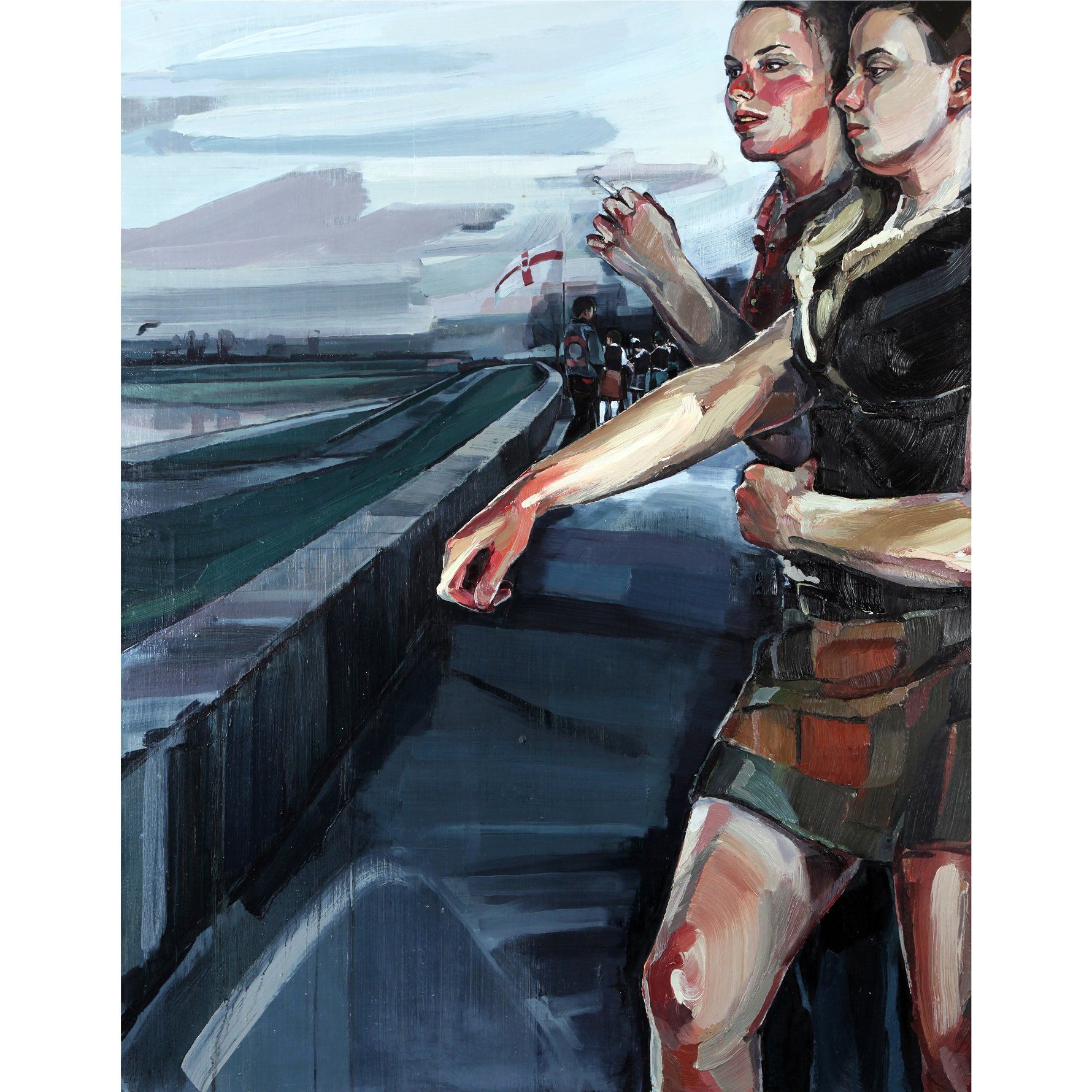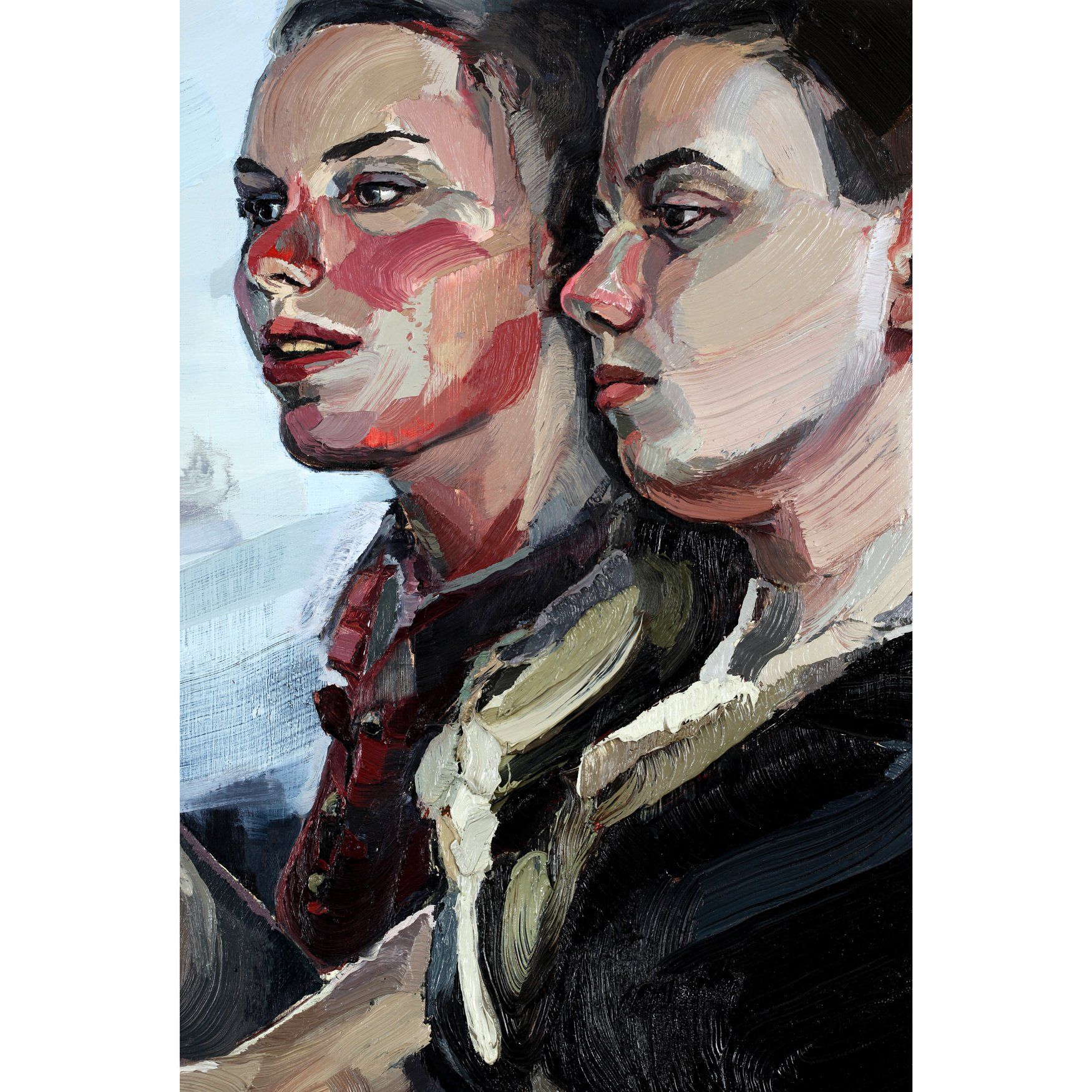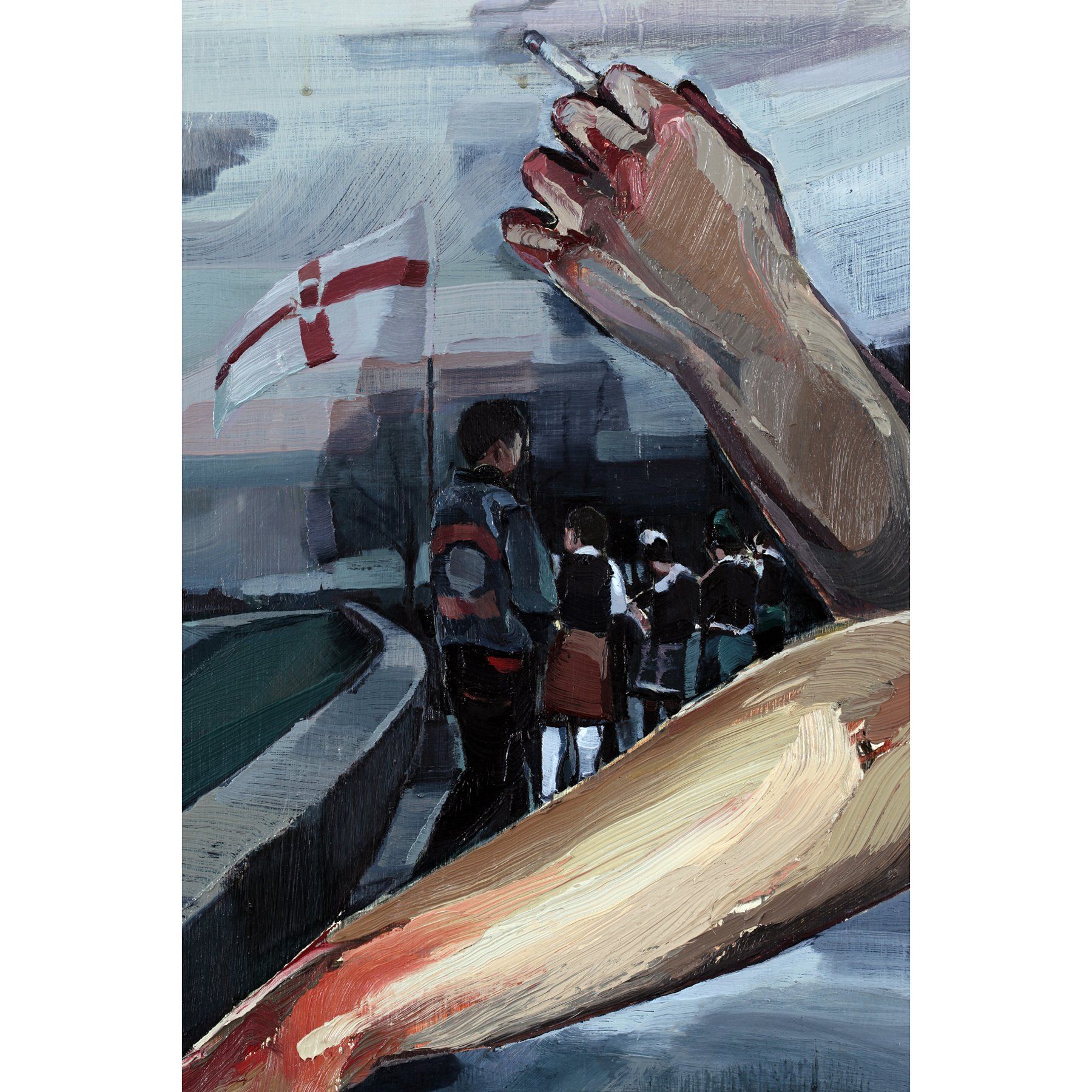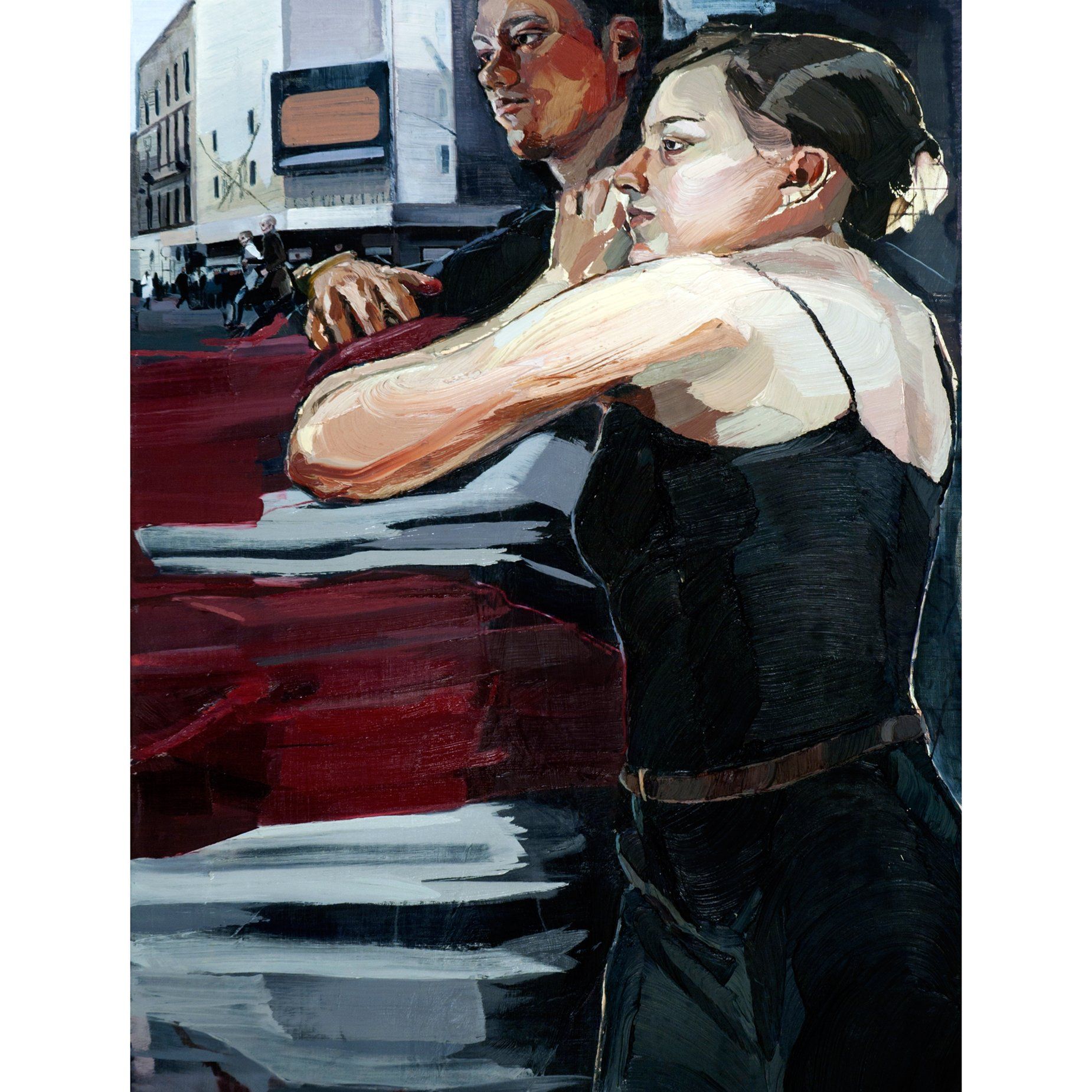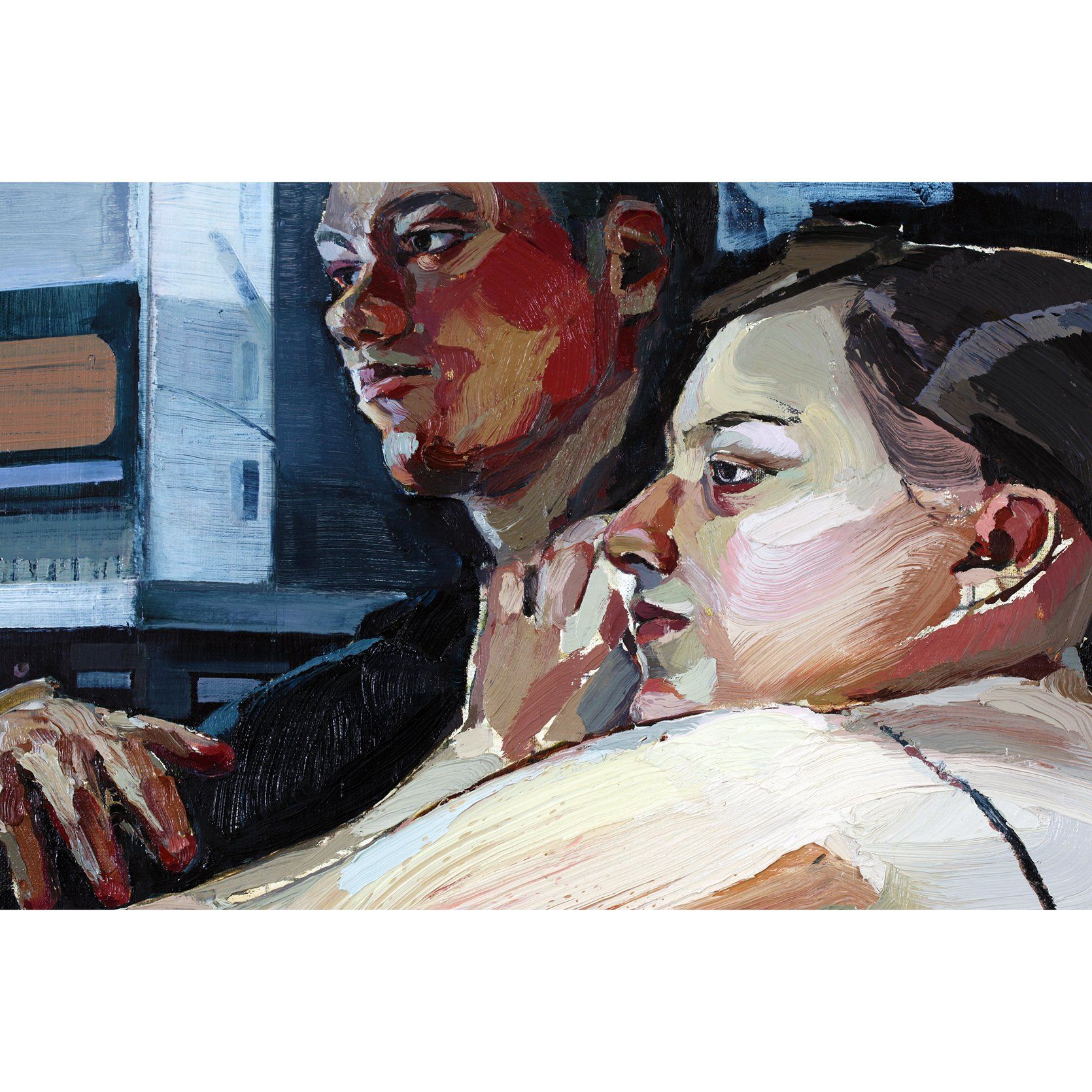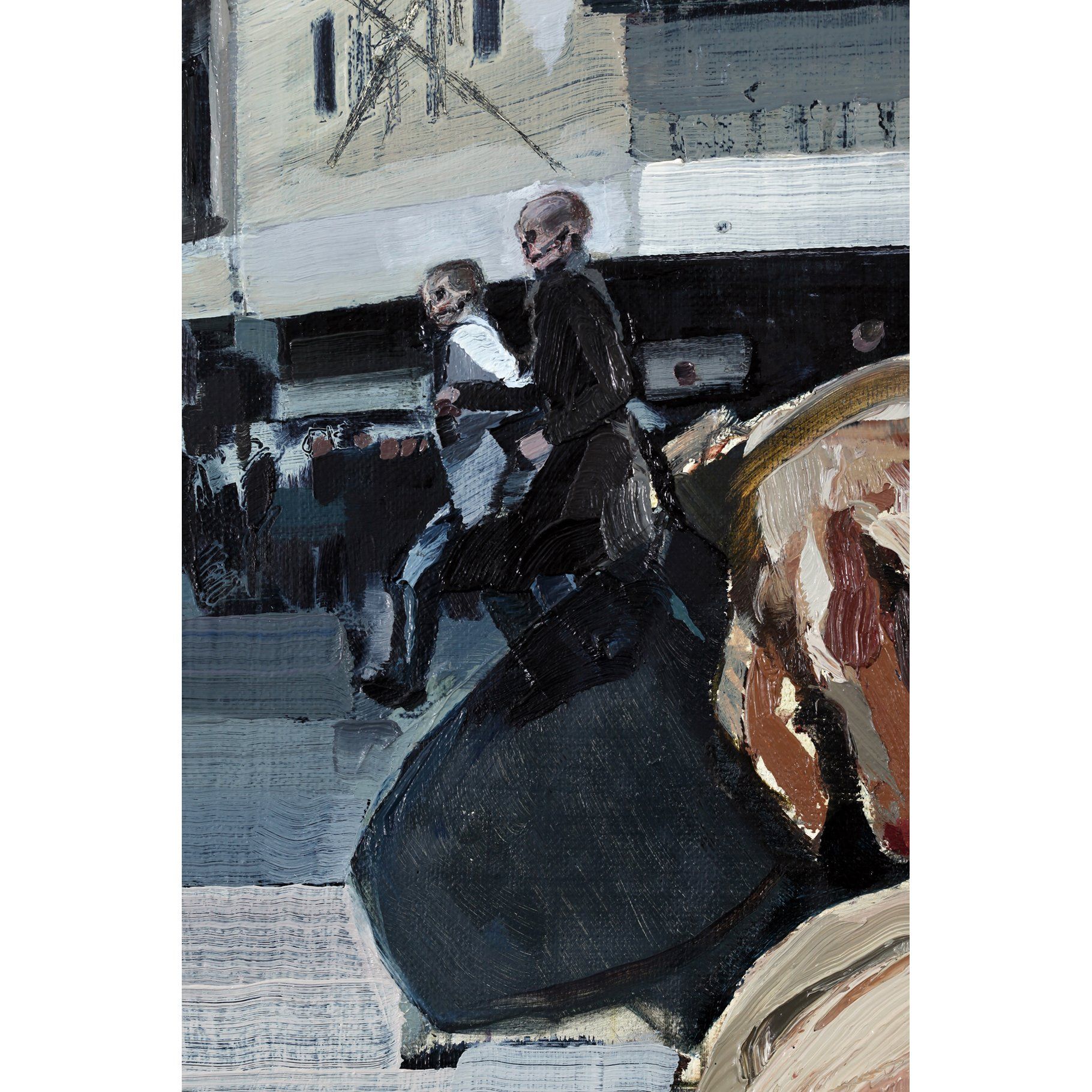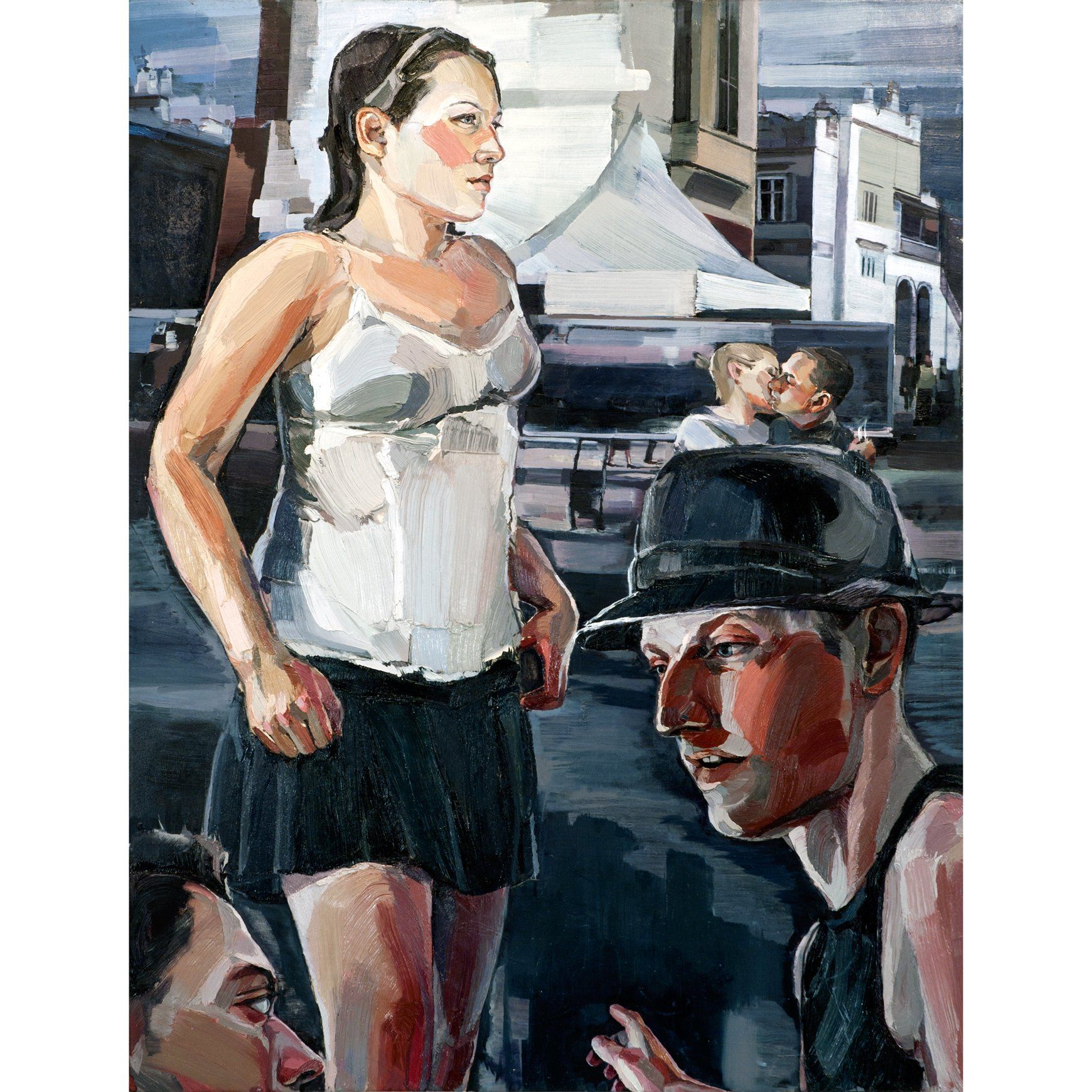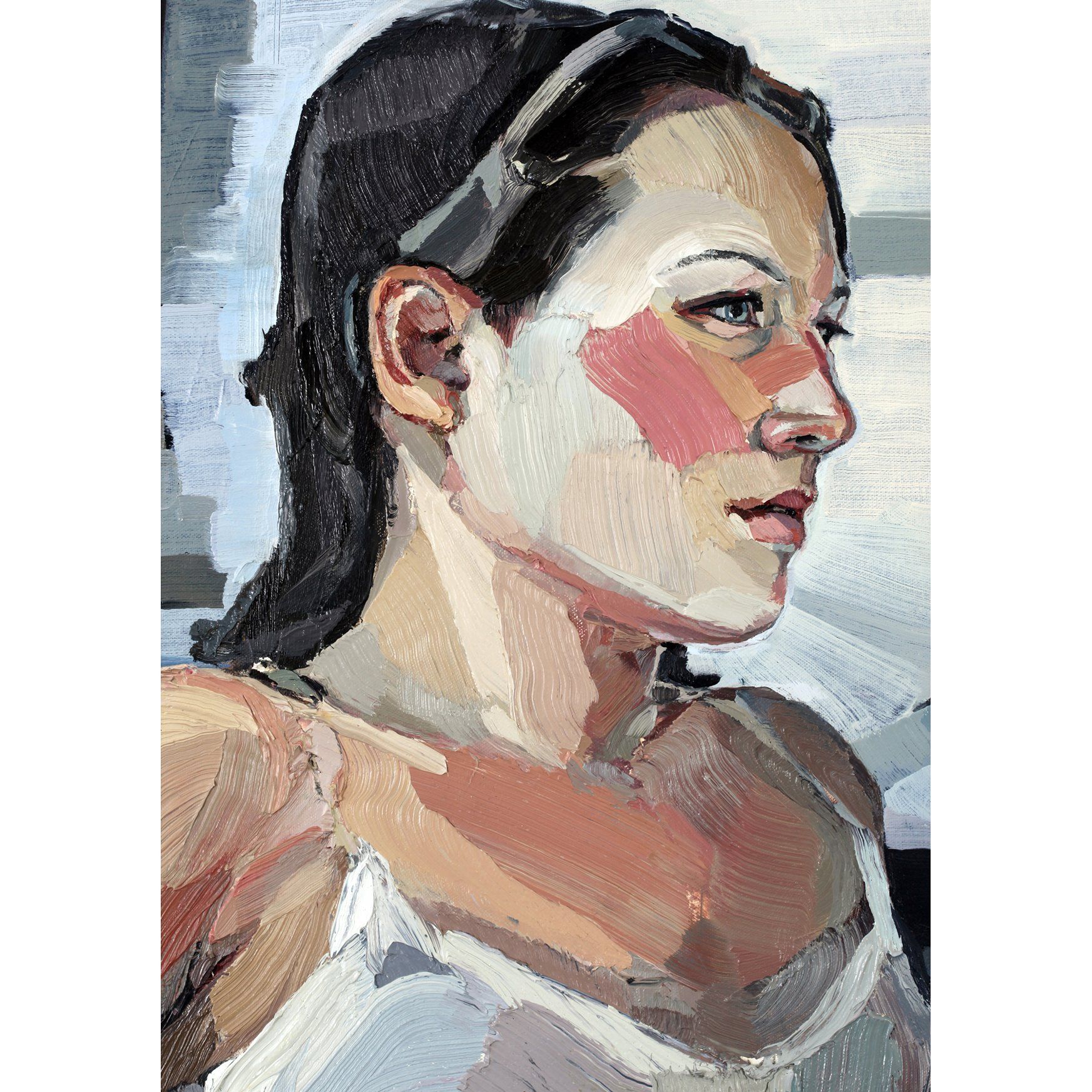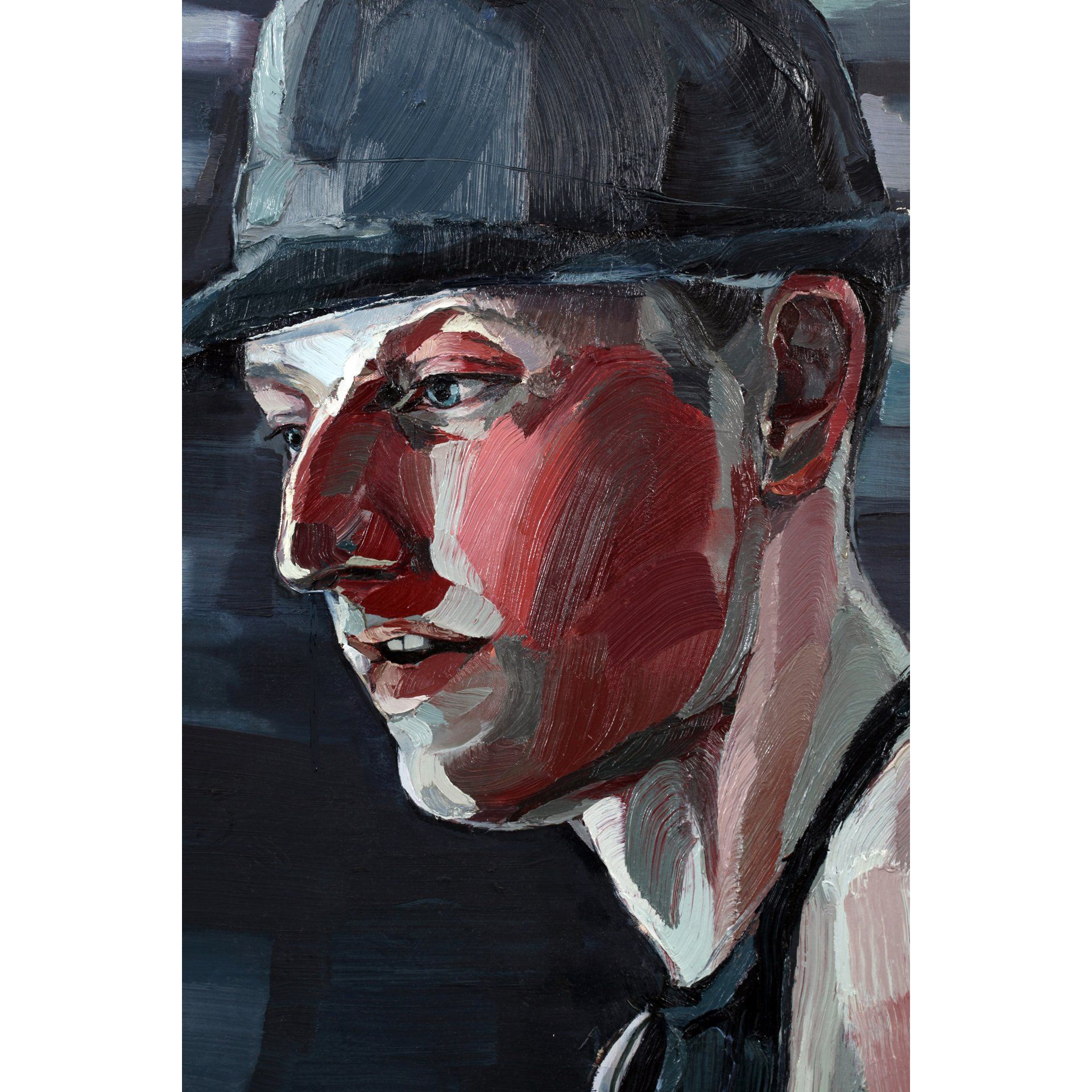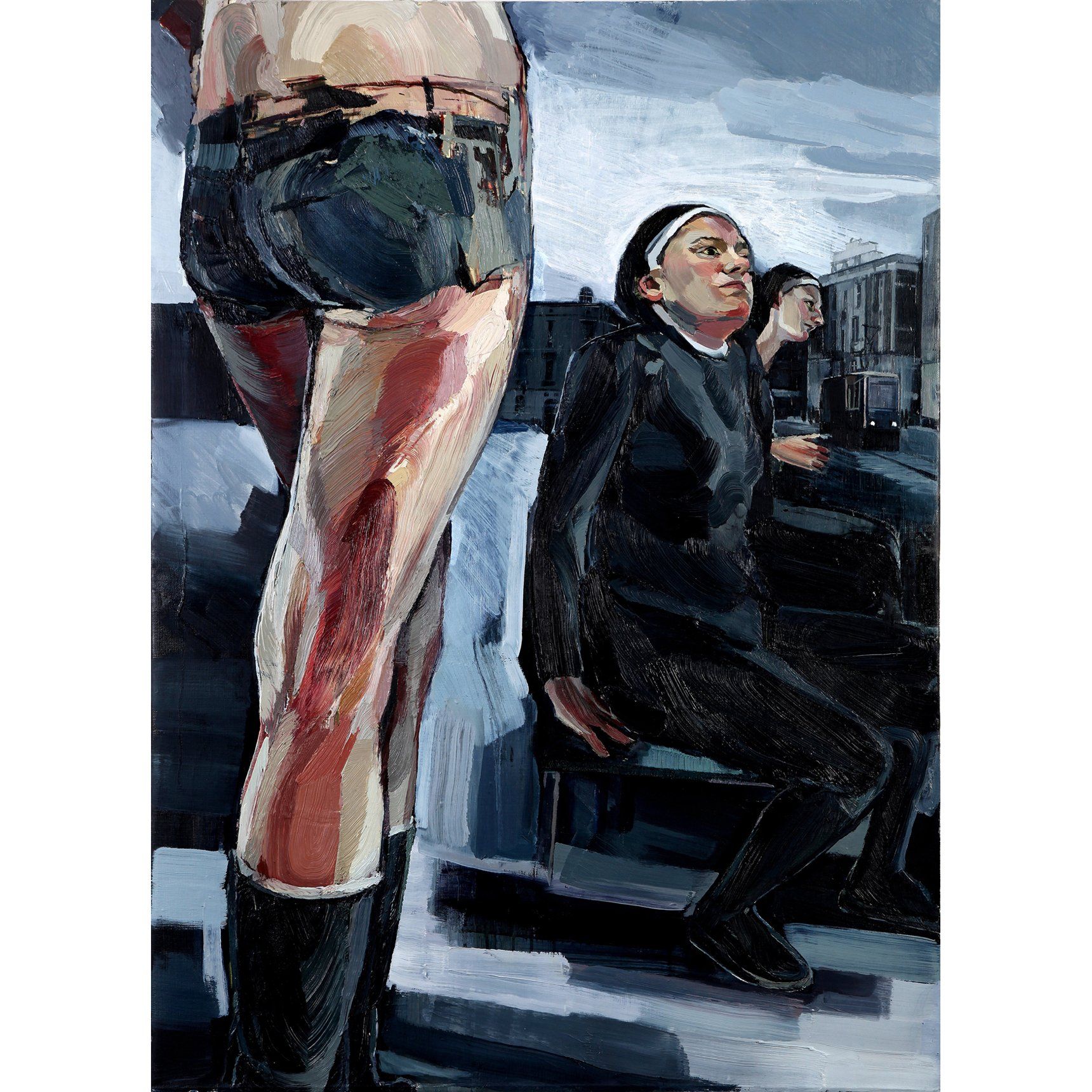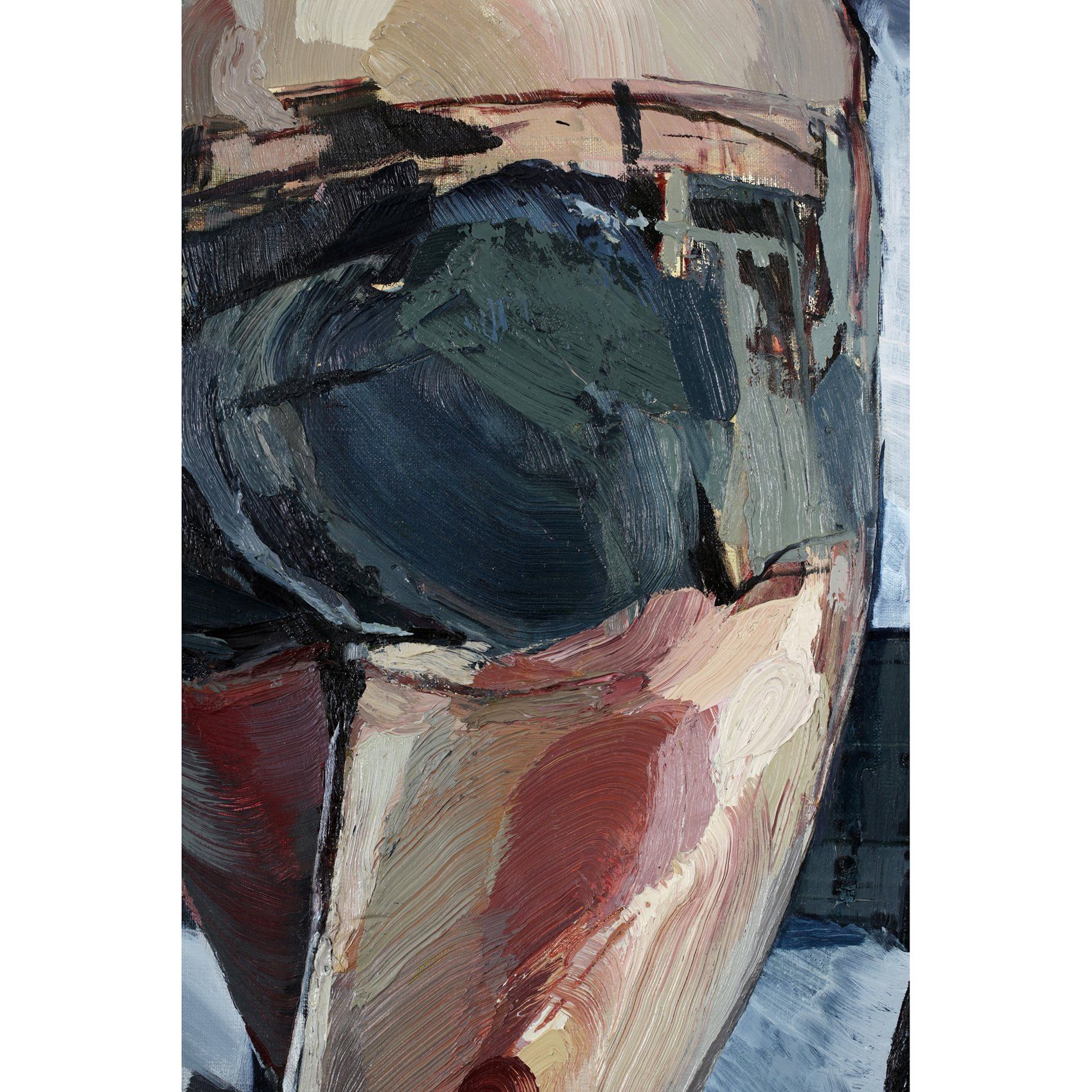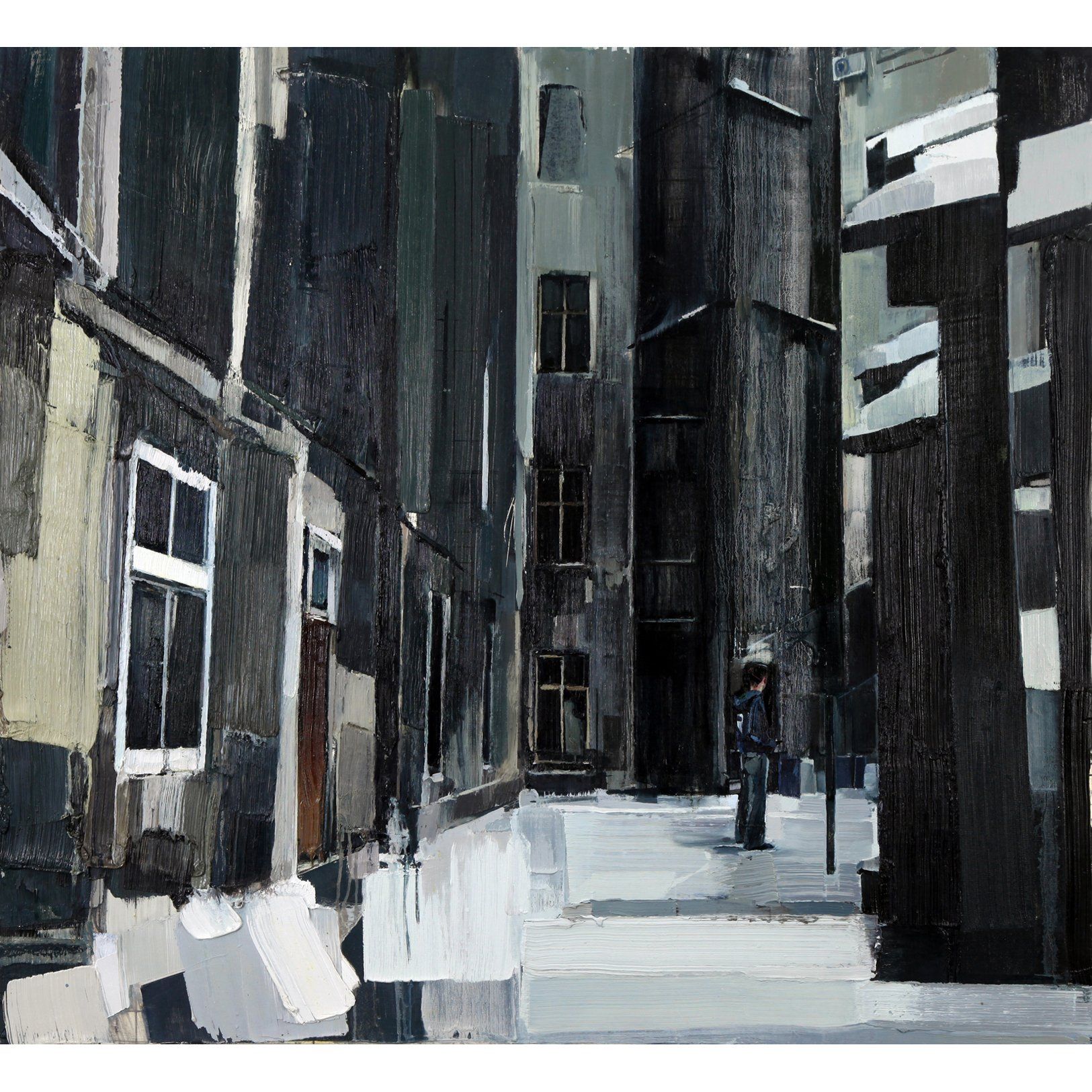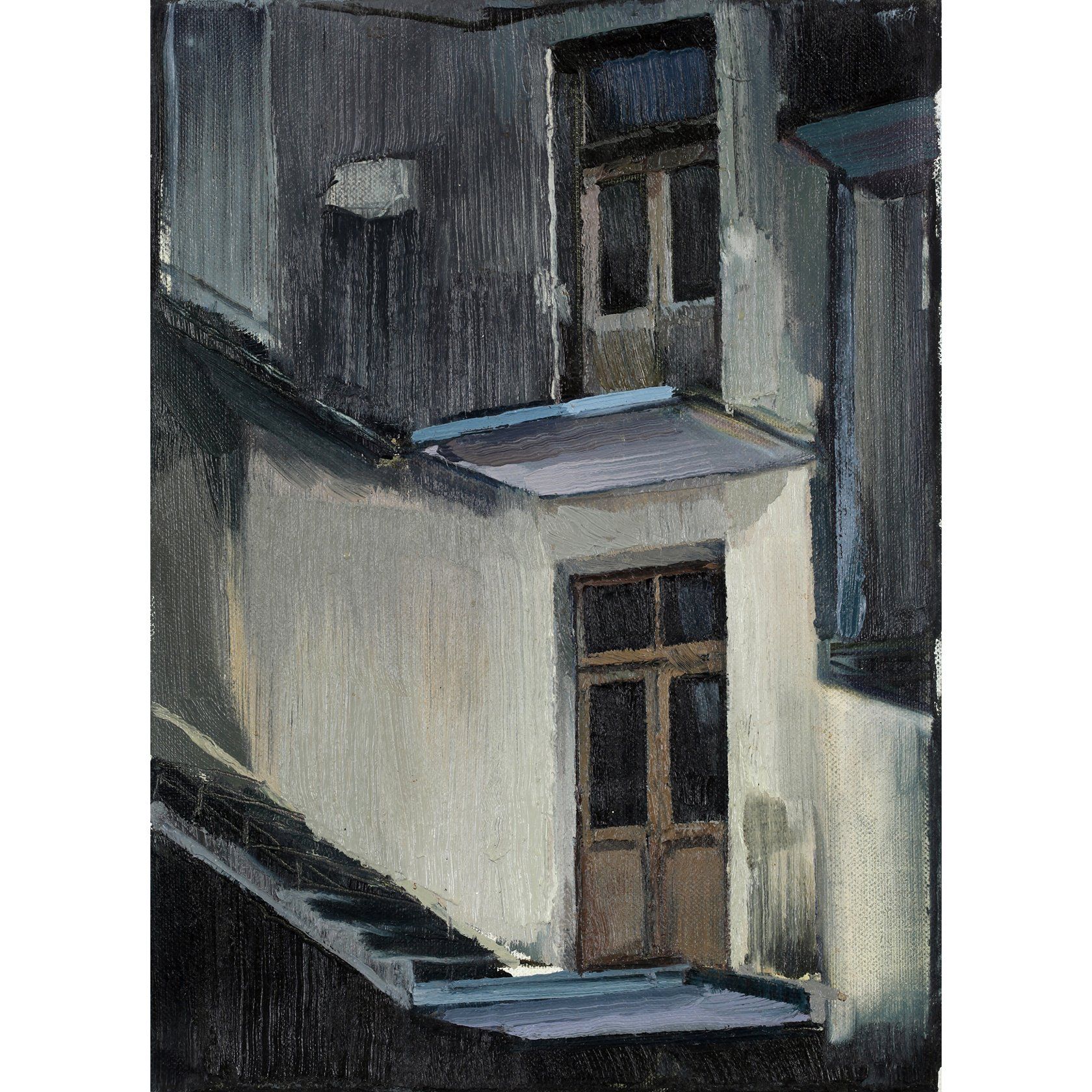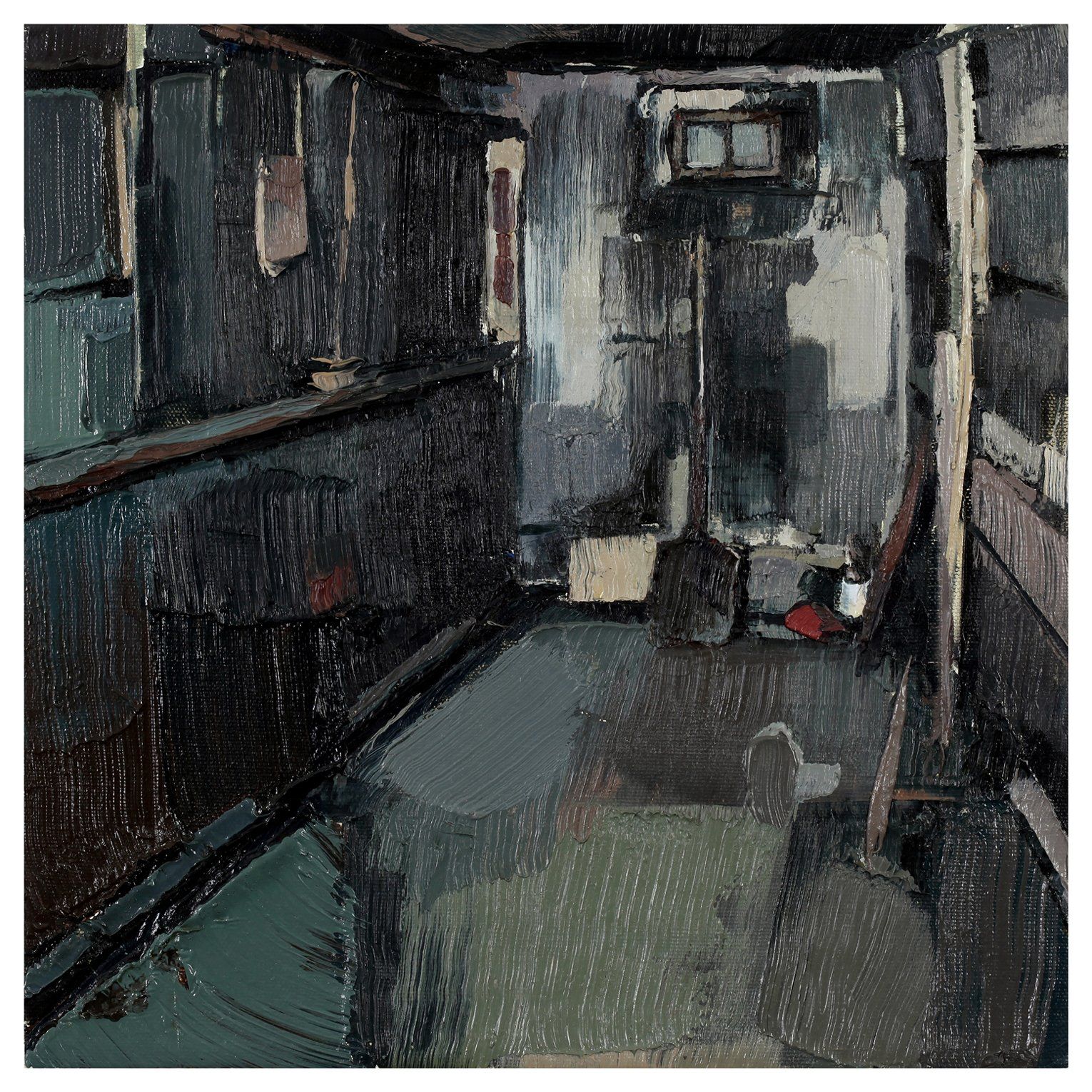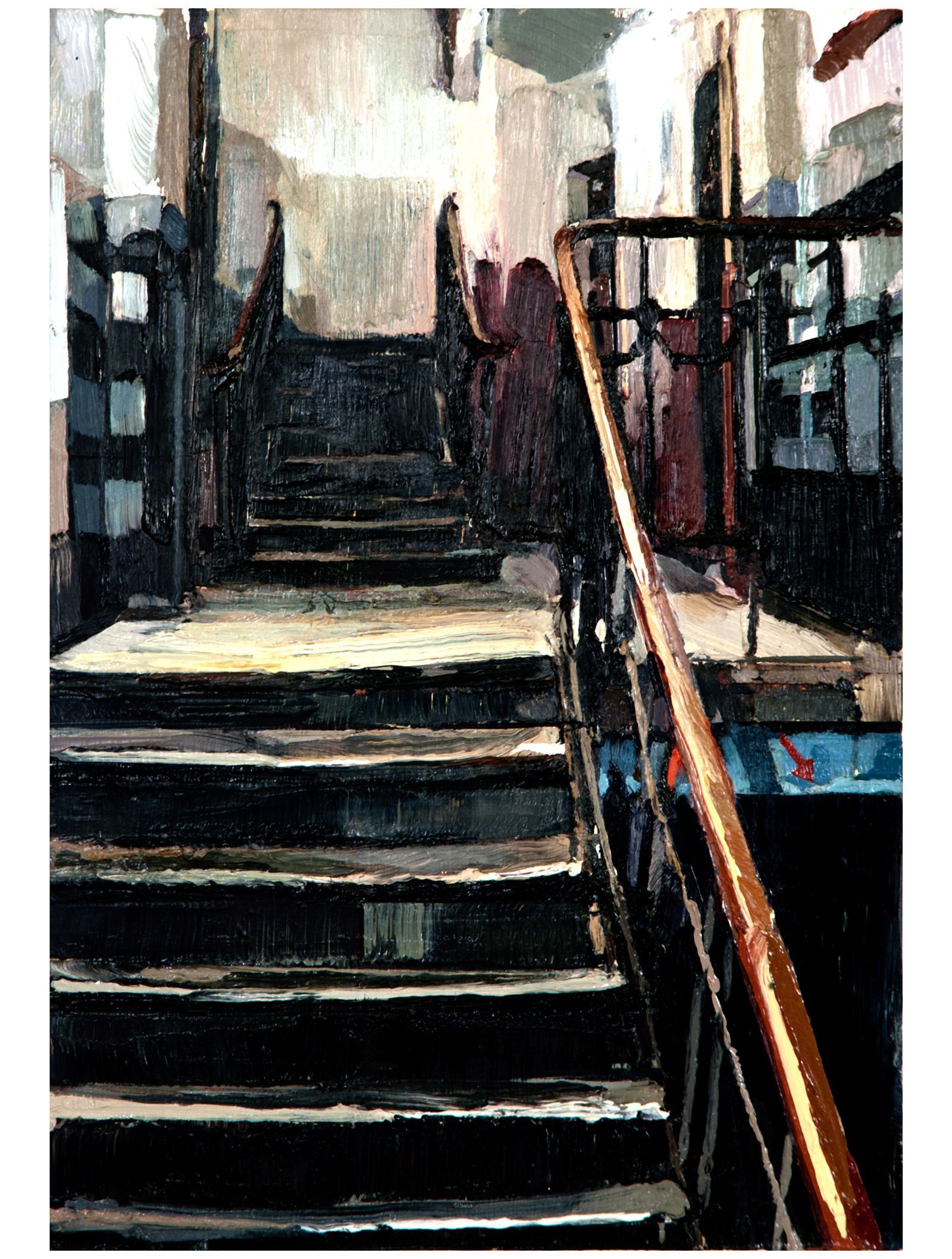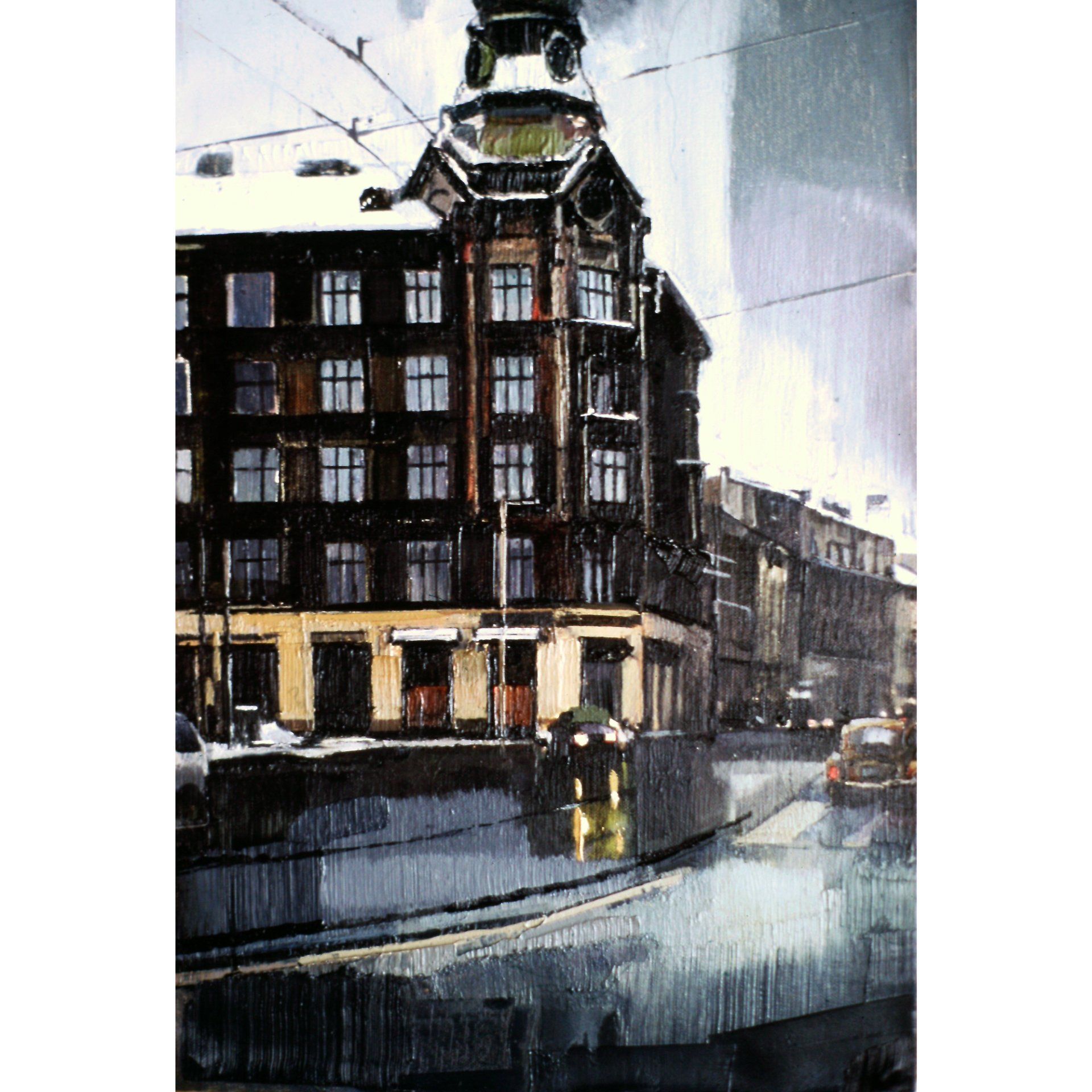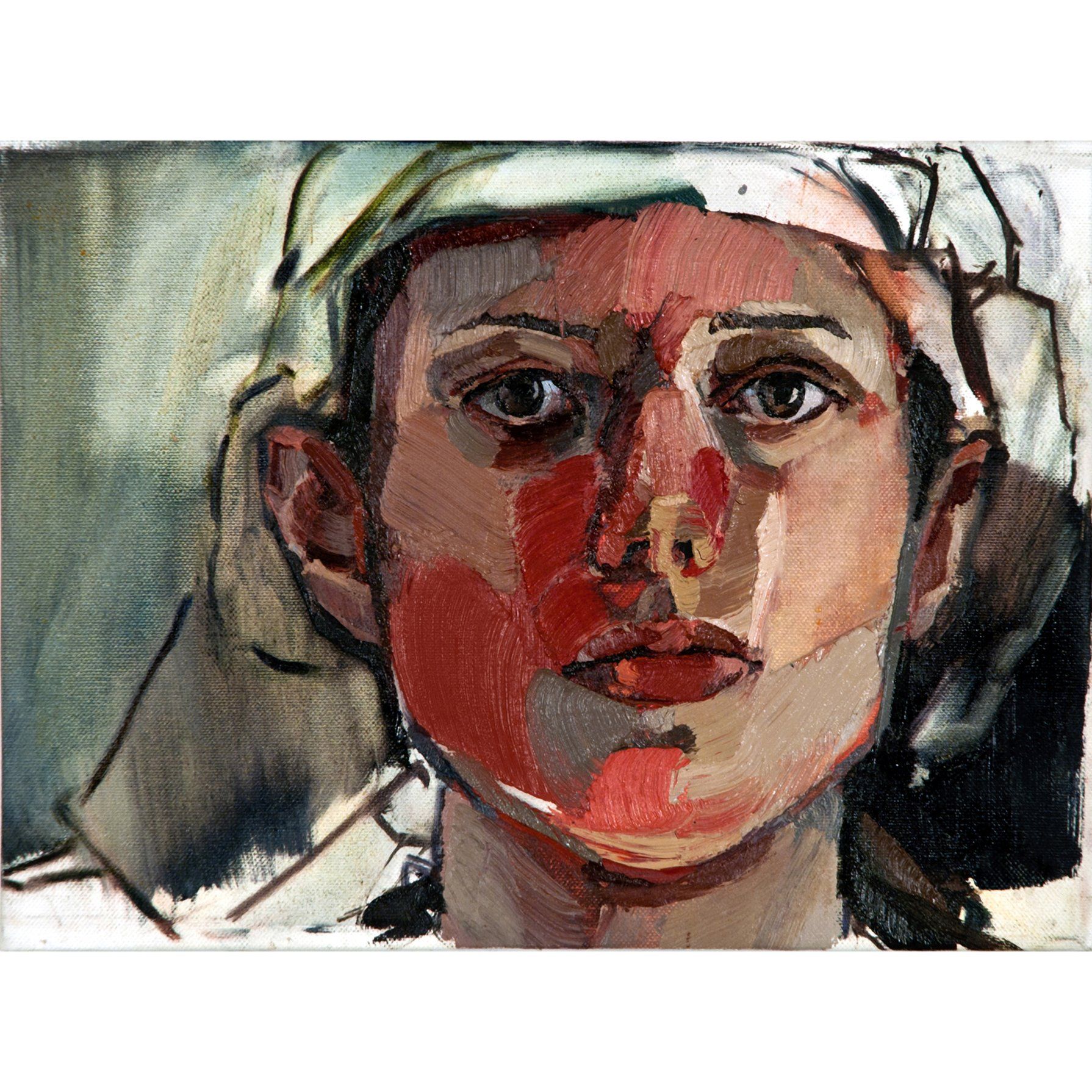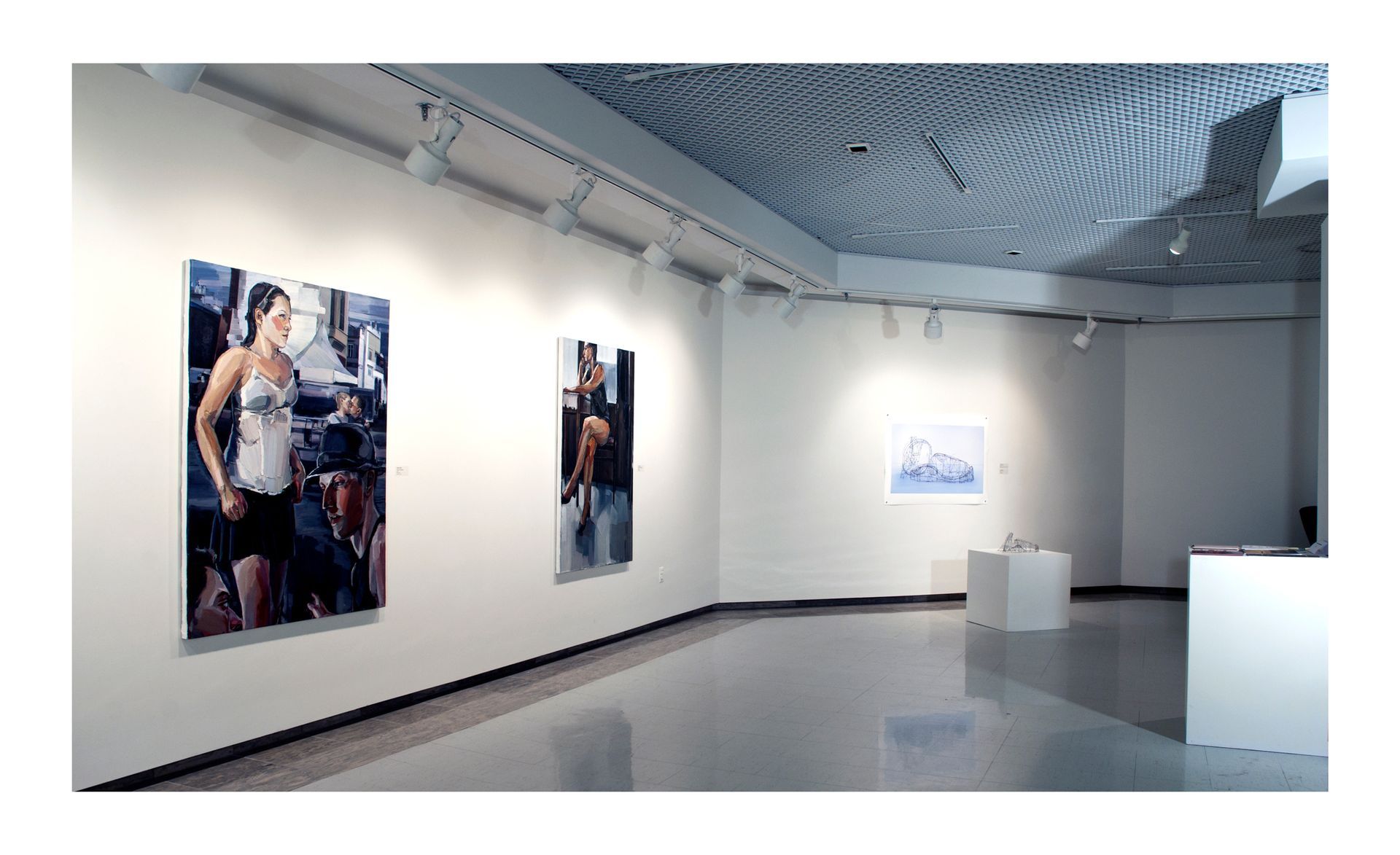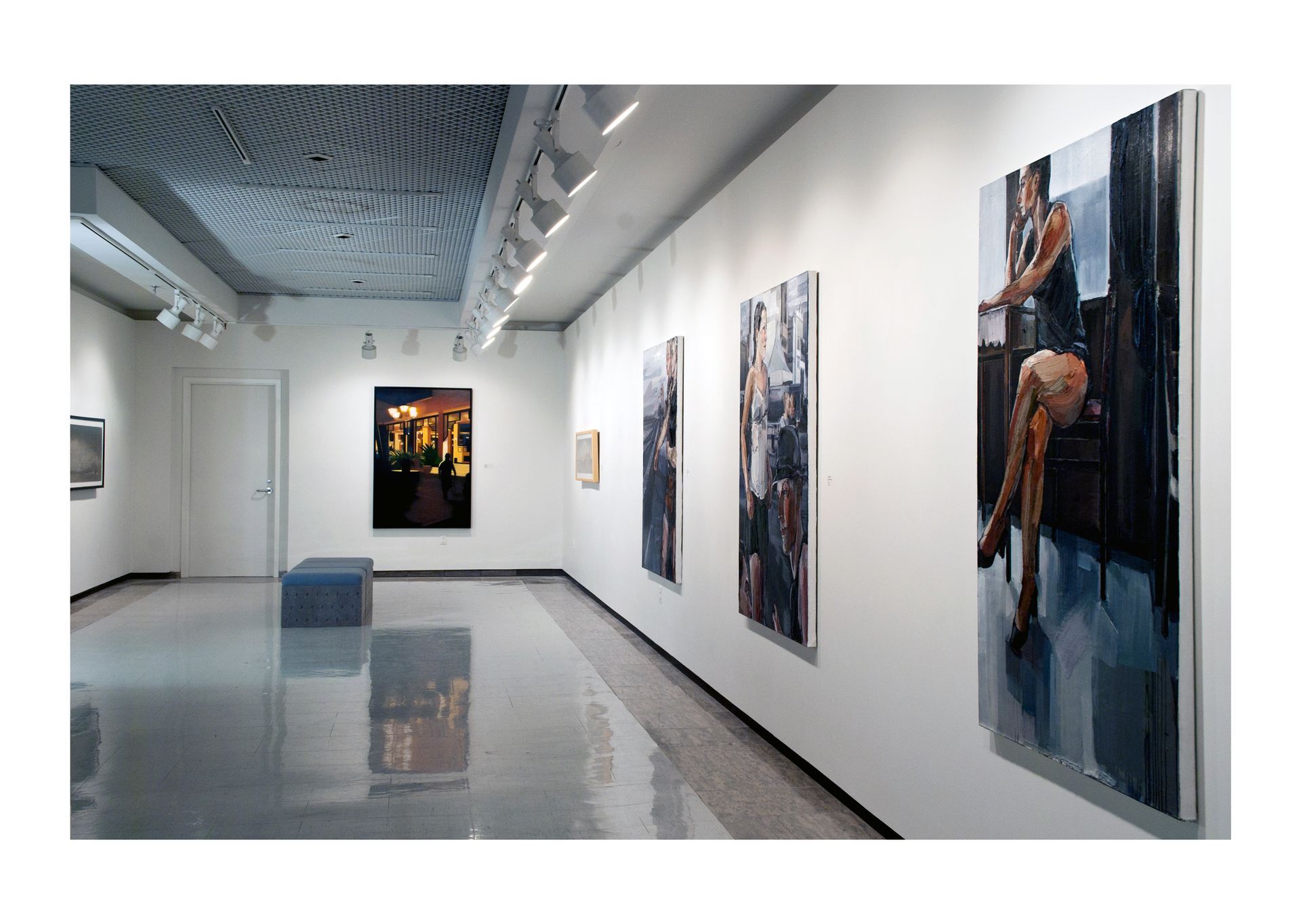Cracovia (2006-2010)
Description

For eight months (2005-2006), I lived in Krakow, Poland to research the life and culture of the Slavic people. This investigation resulted in Cracovia, sixteen paintings. These were initiated in an apartment, which I converted to a studio and was located in the district of Kazimierz (Old Jewish Ghetto). The paintings depict cityscapes, interiors, and people. The individuals depicted in Cracovia were university students or friends, who posed for live model sessions over several weeks. When I returned to Canada, I put out an ad looking for models from Slavic descent to complete the series. In Krakow, my Kazimierz residence was an old Jewish building, and it had a story. I imagined what it could be when I viewed bullet holes in the basement storage rooms. Like my residence, several buildings in this district were not renovated. Frozen in time, post-communism, the architecture represented an ecclectic and complex past. Narratives around its horrific past was sometimes integrated into modern interior design. For example, I observed how a wardrobe was used to frame a doorway (between rooms) at a local cafe. Whether it evoked ideas around hiding or simply moving through time, passing between rooms was a unique experience.
However, in 2006 Poland was in flux. After joining of the European Union in 2003, its economy and cityscape began to reflect western modernization. My intent in making the Cracovia series was to document the citycapes and people of that time. Architecture that I was particularly interested in investigating included a former SS occupied building (across from Kazimierz), a neighbor's stairwell, and my basement storage unit. The larger portrait paintings were an examination of past and present. The figures were set against strikingly historical backdrops or each other to represent change or ideological differences.
At the center of many discussions with Polish people was their desire for individualization (cultural and political). When Cracovia was presented in exhibitions in Canada, audiences were eager to discuss history, political structures, and the complexity of balancing old values with new.
Exhibitions were made possible with the generous support from the British Columbia Arts Council.


